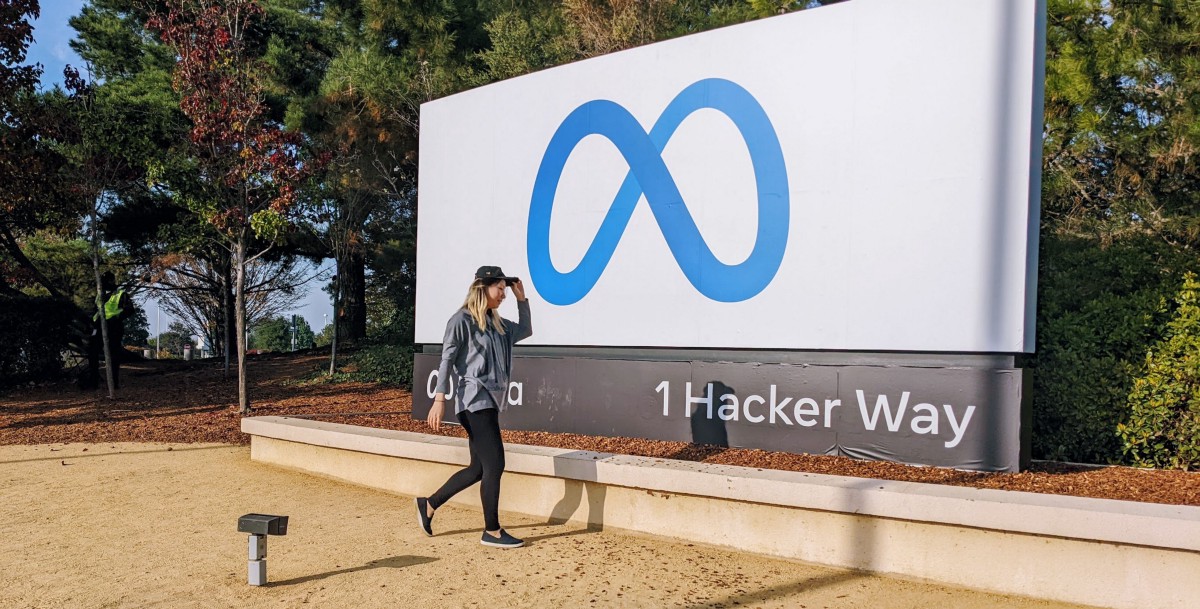At previous companies I worked at, I had a much larger scope of work than at Meta. The things we were designing, however, weren’t necessarily new. Sure, there were some nuances, like limitations or more capabilities in engineering, or more or less time to improve a feature, but you already knew what you were designing for. There was a name to it. For example, I would be designing a new search tool. Or a crazy landing page that lets you use a comparison tool in addition to displaying different metrics. Or even something intricate like a sticky navigation, but custom-designed to accommodate 20+ navigation items. Or maybe a complex filter. Sure, the filter let me add features and components that nobody had ever designed before, but ultimately I was designing a filter. That has a name and a generally accepted public understanding of what a filter is. Although I was tasked with owning whole products, the problems I was solving for…had been solved.
At the foundation of being a product designer, you have to know what the generally accepted components are and what they do, so that when users use your product, it’s familiar enough to be usable. That means there’s not a ton of room to deviate from the norm.
And I’ve always felt like a good product designer had to really understand how a design will work as a collective muscle. The system design and pieces all come together in a beautiful orchestra, and you as a conductor know how everything works before you play it at the symphony. But after working at Meta for a year, I’ve changed my mind.
At Meta, where we are leading the world’s tech products, we are always designing something new. I was tasked not only with designing a new business solution that would comply with privacy regulations, but also one that prioritized responsible and privacy-centric experiences. Plus, it needed to deliver value to both the user and the business. Not an easy ask. Without actually saying what the work was, as an analogy, pretend you were the first person to have ever designed the “Incognito” feature in a browser. Let’s say it was your idea. In your mind, this so-called Incognito is a way to browse privately. As a designer, you’re not even sure technically in what way it’s private because you’re not the engineer, but this new product can attract more users to your platform. Even at this point in the analogy, we are sort of cheating because of Incognito’s name. In your actual day to day work, you probably referred to it as “Safe Browsing Experience,” and later you bestowed it a name that you spent hours testing — a name that instantly resonates with users.
You have to prove that there is both a benefit business-wise and user-wise to get stakeholder buy-in. How do you get people to understand a brand-new feature without many words? You’re usually on your own and the stakeholder conversation goes like, “Why the hell would we build something that doesn’t save your actions and history?” and not, “Oh yeah, I love Incognito because I already know what that is!” So, you walk them through a story; you start by saying that privacy is a real issue and is becoming an even bigger one. To show the concept of what it could look like for the Incognito tab, you made it dark, so it seems private and right away a new user would understand that this is somehow different. You have to tell a compelling enough story supported by visuals, so they go, “Oh okay I get it. Yeah that’s cool.” And then only after, they will ask, “So how does it work?”
Throughout the process of designing a new concept, I kept asking the team, “No but how does this work? Is this even feasible? What happens after you click on the button?” For the first time at a company, I was met with, “Don’t worry about how it works. If you can sell the concept, we’ll make it work.”
That, my friends, is the most beautiful sound you can hear as a product designer.
Someone would ask what tapping on that text link would bring me to, and without showing a visual I could speak to it and answer conceptually like, “After they click on a link, they would be brought to a hub to see the rest of the details.” You don’t need to design every screen if it’s not important.
The ability to convey and design a product without having ever seen it before is what makes a product designer successful. Most of the time, I had to make this concept deck before the team was built so that we could recruit and get people excited to build it. It’s typically caveated that the designs in the concept work aren’t even going to be the final product, it’s just a way to show the idea. Then from there, it’s up to the team and engineers to figure out the best way to tackle this unique, never-before-seen engineering problem, which to them is just as exciting.
